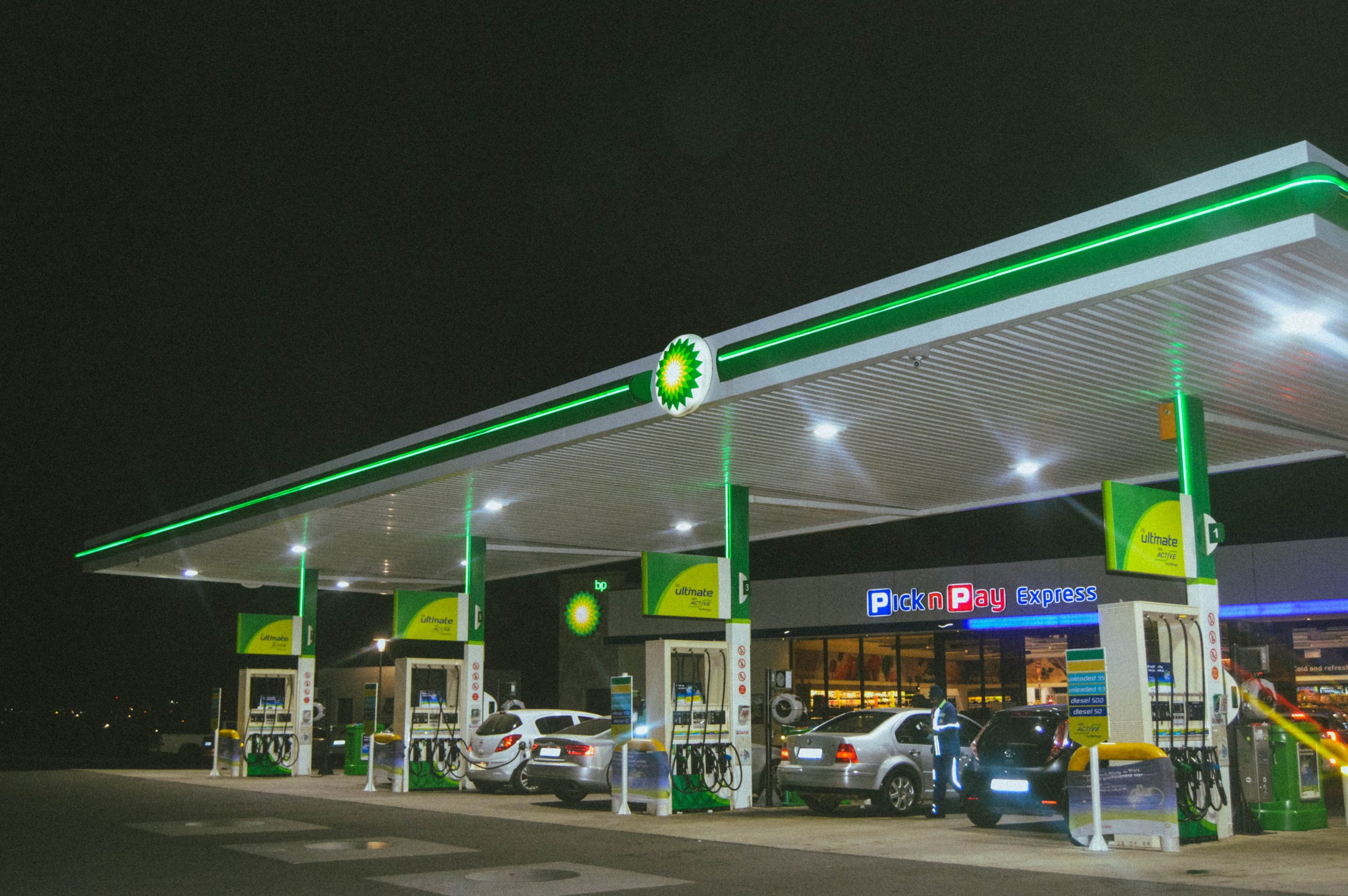Drivers across the UK are facing record-high fuel prices despite the fall in the cost of oil. In recent weeks the wholesale cost of oil has fallen from around $130 to less than $100. Until the end of March, the average forecourt price fluctuating almost daily and varied across the UK. This was put down to various reasons such as global supply issues, uncertainty within the market, and the impact of Russia invading Ukraine. This increase in fuel has impacted the cost of living and many drivers are now struggling to fuel their vehicles. Many businesses have warned that this pressure may force them to increase their prices on goods.
Rod McKenzie, managing director at the Road Haulage Association (RHA), described the spike in the cost of diesel as “dramatic”. He comments “If hauliers have to pay more for their fuel, they inevitably have to charge customers more. I suspect this will mean prices going up on everything that is delivered by a truck, which is frankly 97% of everything that we get in Britain.”
Current Price Of Petrol And Diesel
The RAC monitor both wholesale and retail fuel prices daily using their Fuel Watch initiative. Then urge retailers including Asda, Morrisons and Tesco to pass on any cost savings to motorists. As a national average, petrol is currently 164.65p per litre and diesel is 178.98ppl.
How Have Fuel Prices Fluctuated?
At the height of the global pandemic, when the lockdown was enforced and travelling was restricted, fuel prices fell to around £1 a litre. However, since the beginning of 2021, as life started to go back to normal, prices have been climbing. Since November 2021, new records have been set almost daily. February 2022 was a record high according to RAC data with petrol reaching 148.02p and diesel at 151.57p. This was until late March when a cut in fuel duty was announced.
Chancellor Rishi Sunak told MPs “Today I can announce that for only the second time in 20 years, fuel duty will be cut. Not by one, not even by two, but by 5p per litre. The biggest cut to all fuel duty rates – ever. While some have called for the cut to last until August, I have decided it will be in place until March next year – a full 12 months.”
Why Have Fuel Prices Risen?
The price of fuel is largely dictated by the price of oil. RAC fuel spokesman Simon Williams commented, “Having taken production down when demand fell due to the pandemic, the oil producers are now struggling to get production back up to the required levels to meet demand.”
Russia is one of the world’s largest gas and oil producers, responsible for around 10% of global oil. However, as Russia has invaded Ukraine this has caused an unstable global market as uncertainty increases around distribution.
Impact Of Fuel Increases On The Trucking Industry
The trucking industry was already under immense pressure. With a shortage of skilled drivers, covid restrictions, and additional paperwork at the borders due to Brexit. Yet, the RHA has now estimated that the cost of running a truck has risen by around 40% in the past 12 months. Rod McKenzie, managing director at RHA comments “Recent rises in fuel costs have the potential to wipe out profit”.
In Logistics UK’s May 2022 Performance Tracker, they found that 71% of UK logistics companies reported an escalation in the cost of transporting goods. This was in Q1 in comparison to the previous year. It stated that this sharp increase was due to the cost of fuel and other global supply chain pressures. Furthermore, 40% of respondents said that costs had climbed by 25% or more.
Sarah Watkins, Deputy Director at Logistics UK states “The cost to transport goods is surging at an unprecedented rate amid significant increases in the cost of fuel. The sheer numbers of logistics companies reporting increases in both freight rates and the costs to move goods suggest rising prices are deeply embedded and are unlikely to subside in the coming weeks. The sector is particularly reliant on diesel, the cost of which is likely to remain elevated even as the cost of other fuels subside. More than a third of respondents to our survey say orders are declining, likely as a result of both rising freight costs and as consumers cut back amid a broader cost of living squeeze.”
Save Money With Mac’s Truck Rental
Save money by leasing your truck with Mac’s Truck Rental. We provide a varied range of specialist vehicles for truck leasing, both short-term flexible to a long-term fixed term contract. With our manufacturing capabilities, we can also meet the specific needs of businesses through modification or by building a completely bespoke solution.
We offer customers the benefit of immediate availability of specialised vehicle types that would normally have long production lead times. All our trucks are supplied with full manufacturer’s warranty, fully maintained by your local main dealer, and include nationwide breakdown assistance.
Our range encompasses top manufacturers for any industry including Scania, Volvo, Hiab, and DAF. Including beavertail hire, skip lorry hire, crane truck hire, and hook loader hire. Get in touch today for further assistance or advice in choosing your lease.
